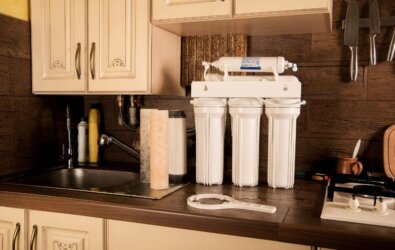Why Choose a Reverse Osmosis System to Filter Your Water?
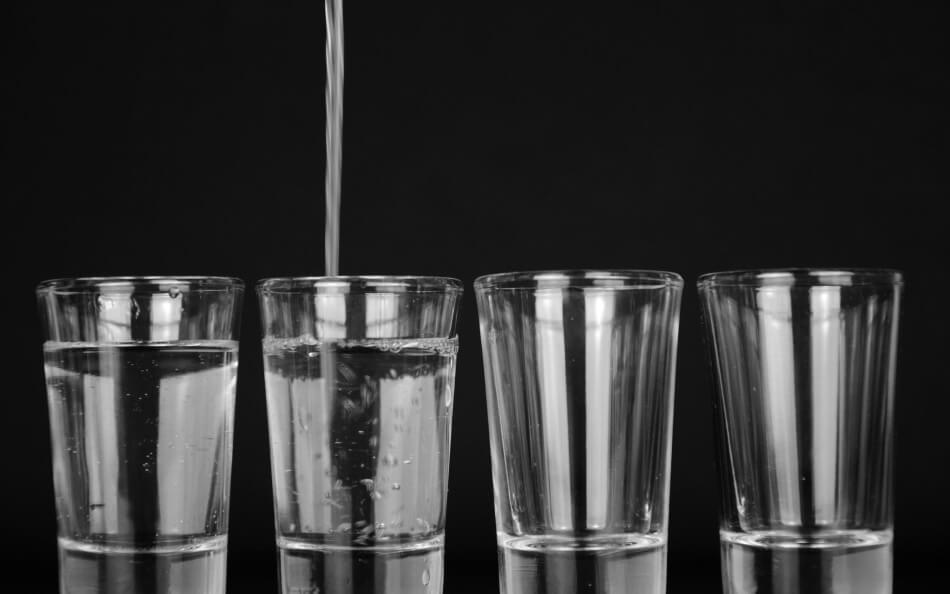
So you’ve seen all the news stories about contaminated water supplies and lead leaching out of pipes, and you’ve decided that you need a water filter for your home to protect the health of yourself and your family. But what kind of filter do you need? Carbon? Ion Exchange? Ozone? Reverse osmosis? There are so many filtration methods to choose from, each able to handle a different collection of toxins and pollutants.
But if you want the cleanest, safest, highest-quality water you can get, the strongest contender is a reverse osmosis system. When you compare the capabilities with such a system against those of other filtration systems, and consider the significance of what those other systems leave behind, you may start to lean quite heavily in the direction of choosing a reverse osmosis filter for your own home.
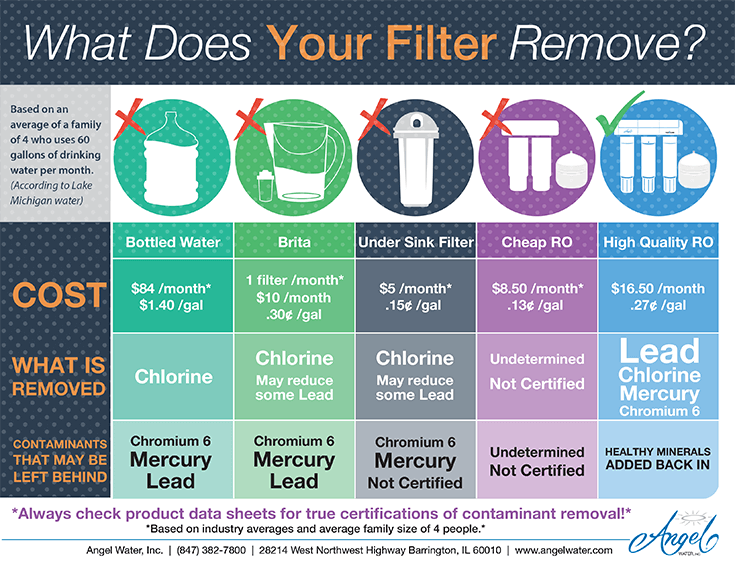
Here are the basics of what you need to know about reverse osmosis filtration systems.
What Is Reverse Osmosis?
It may be helpful first to explain what exactly is a reverse osmosis system.
Osmosis, as you might remember having learned in school, is the process by which water molecules are able to pass through a membrane that other particles cannot. The reason water can pass through and others can’t is that the other particles either have a charge or are too big. Water has a charge but is so small that it’s still able to get through the membrane.
Normally, water diffuses through to the side with the higher solute concentration—that is, water will pass to the side where there is a higher ratio of solute to water, until these ratios are even and there is a balanced solute concentration on both sides of the membrane.
In reverse osmosis, or RO, this force is reversed. Rather than move to the side with more solutes, the water is instead pushed in the opposite direction. The water is forced through the semipermeable membrane and the solutes—the calcium, arsenic, bacteria, and various other particles in your water—are unable to follow. The clean product water, or “permeate water,” goes on to your fixtures, while a small portion of it is left behind to wash the discarded solutes away. This concentrate stream either goes to drain or is recycled through the RO system to save water.
What Do Other Filtration Methods Remove?
To compare the effectiveness of reverse osmosis systems against other types of filters, first let’s go through some of the other kinds of filtration systems available on the market and what exactly each kind of filter removes from your water.
Likely the type of filter you’re most familiar with is the carbon filter. Activated carbon chemically bonds with some pollutants in your water as it passes through the filter, but the effectiveness of such filters varies widely and is fairly limited. Many only remove chlorine, while others can remove lead, mercury, asbestos, and cancer-causing volatile organic compounds (VOCs) such as those left in Lake Michigan by boats. However, they cannot remove many common inorganic contaminants like chromium, nitrates, perchlorate, fluoride, and arsenic.
A ceramic filter, made from trillions of fossilized one-celled algae called diatoms, has microscopic pores that let water pass through but stop solid wastes like sediment. However, like other mechanical filters which simply consist of tiny holes, these filters do not remove chemical pollutants.
Deionization filters remove electrically charged molecules like mineral salts from the water. This process does not remove microorganisms like the E. coli bacteria or non-ionic contaminants like trihalomethanes and VOCs.
Want to get more helpful water information delivered to your inbox?
Sign up for our free email newsletter!
Distillation heats water until it vaporizes, and then condenses the resulting steam back into water. While this does remove minerals, microorganisms, and chemicals that have a higher boiling point than water, it can’t get rid of chlorine, trihalomethanes, or VOCs.
And finally, UV systems and ozone systems can microorganisms like bacteria, but don’t remove chemicals.
How Does Reverse Osmosis Compare?
You may notice that all of the above methods are unable to filter out significant groups of contaminants. This is a problem because you never know which of those is lurking in your 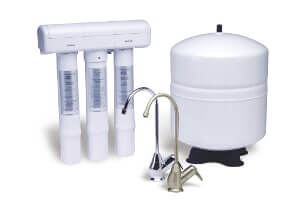 water.
water.
The New York Times published a study breaking down the results of water testing in counties around the nation, finding many of them contained pollutants. Chicago, for example, had elevated lead and radium levels that exceeded accepted health guidelines. Many other toxic substances were found present but within the guidelines, including arsenic, chloroform, chromium, copper, molybdenum, and nitrates.
However, while those substances were within limits recommended in the guidelines, the guidelines aren’t set in stone and are regularly adjusted. The EPA is expected to complete a 6-year review this year, bringing along with it regulatory changes for substances including lead and perchlorate. The EPA telling you today that a concentration of some substance is safe won’t help you tomorrow when they tell you it wasn’t safe all along after all. That’s why it’s best to go beyond those recommendations. Especially so when you consider that, often, there are risks posed not by regulated chemicals themselves but by their byproducts. For example, the disinfectant chloramine’s use in municipal water supplies is regulated, but the VOCs which it produces are unscreened, unregulated, and potentially dangerous.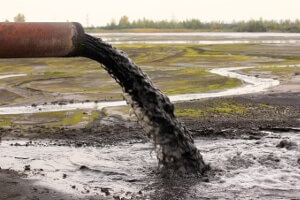
Even when your municipal water supply seems generally fine, a mistake made any day can have serious and even deadly consequences. Inadequate chlorination and filtration resulted in over 400,000 Milwaukee residents falling ill due to cryptosporidium, a parasite that causes the watery diarrheal disease cryptosporidiosis. And in 2000, a similar lapse in sufficient chlorination in Ontario resulted in seven dead and thousands ill due to an E. coli outbreak.
Reverse osmosis alone will remove a vast variety of contaminants including arsenic, lead, chromium, nitrates, and perchlorate. And while this process misses chlorine, trihalomethanes, and VOCs, many RO systems include an activated carbon component to pick up these remaining pollutants, forming a complete filtration system for the absolute highest-quality drinking water.
Of course, there are many RO systems out there, varying widely in price and quality. When choosing one, an important thing to look at is the product’s NSF certification. NSF International, formerly the National Sanitation Foundation, is an accredited, independent organization which develops standards and certifies manufacturer claims. You want an RO system which is NSF certified because this means that the claims in the product’s marketing have actually been independently verified.
Simply being certified isn’t enough though. You should check the specifics—for example, how many gallons each filter is certified to process before needing a replacement. A company like Brita might proudly feature its NSF certification seal in its copy, but what they don’t tell you is how many gallons that filter is certified for. In reality, one of those pitcher filters may only be certified for 25 gallons per replacement. This means that after 25 refills, the filter is no longer doing anything, yet most consumers will continue using it. This is why these carbon filters are not only less effective but also expensive as they require constant replacements.
For these reasons, the ideal solution to get the best, highest-quality drinking water is an RO system which has been NSF-certified. Some of the best such systems are the EcoWater RO systems which we provide and install. If you want to ensure optimum water quality in your home and are considering having an RO system installed, Angel Water in Barrington, IL has the expertise you need. Simply fill out a contact form or give Drew a call at (847) 382-7800.
No matter your question, we’ll help make everything crystal clear—just like your water.
Interested in a Water Softener System for Your Home?
You don’t have to live with a dry, itchy scalp and brittle hair anymore! It would be our pleasure to help you find the right water softener to make your showers enjoyable again.
Please give us a call at (847) 382-7800 or visit our water softener page to learn more.


